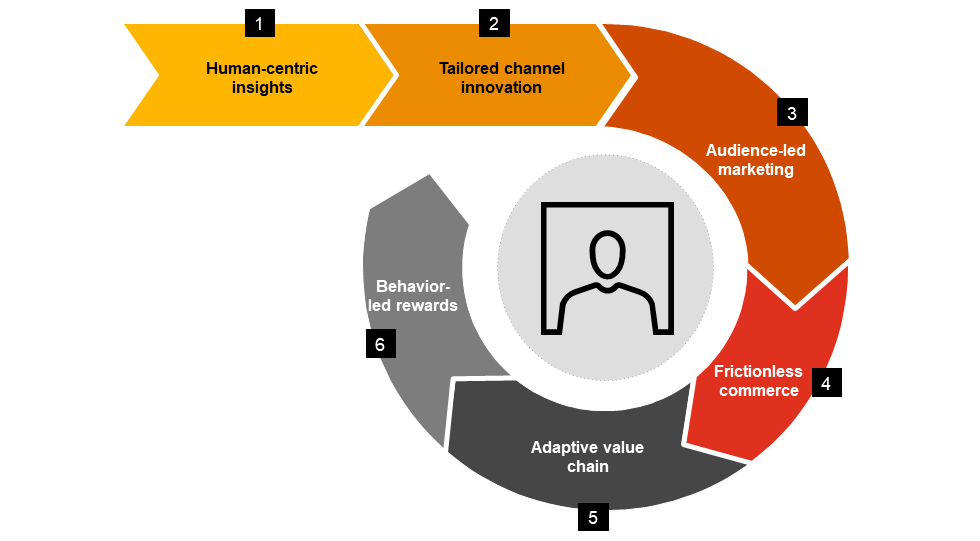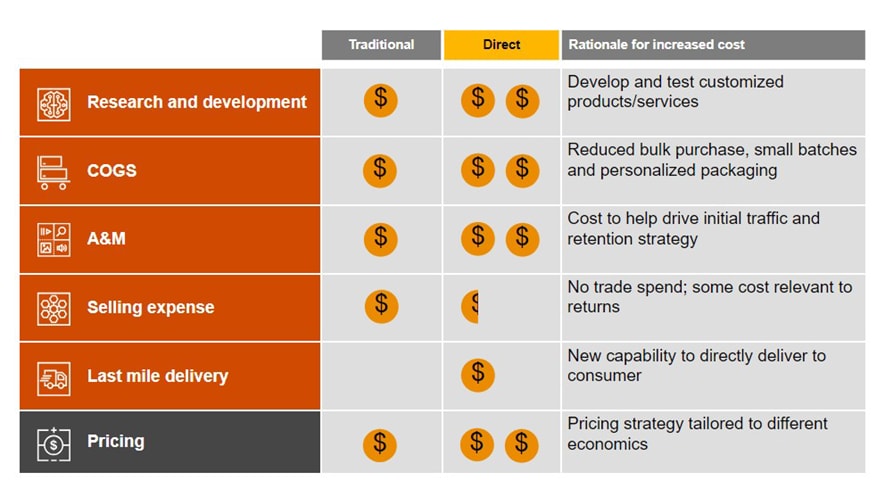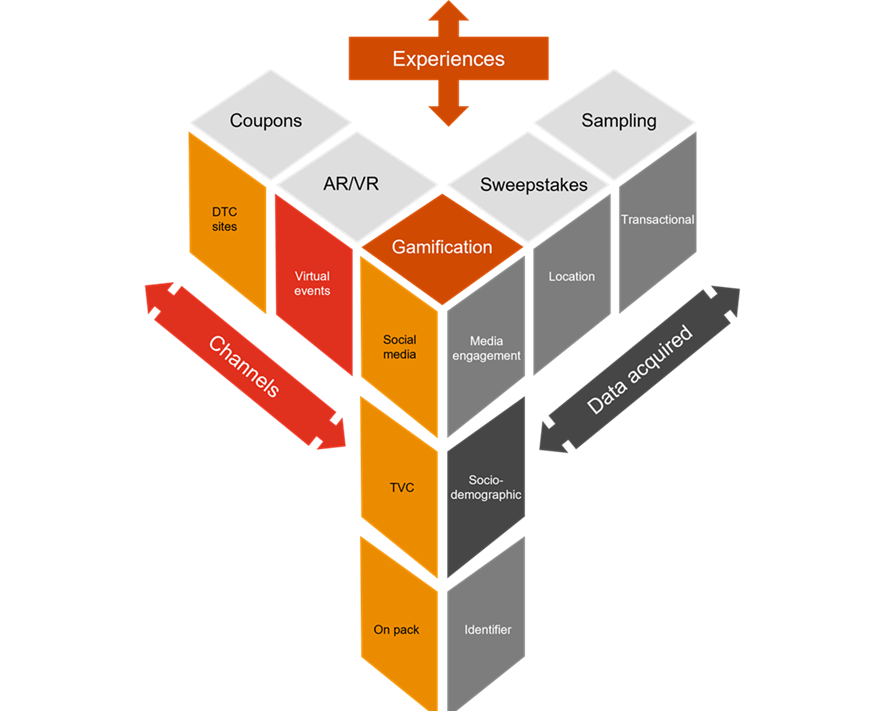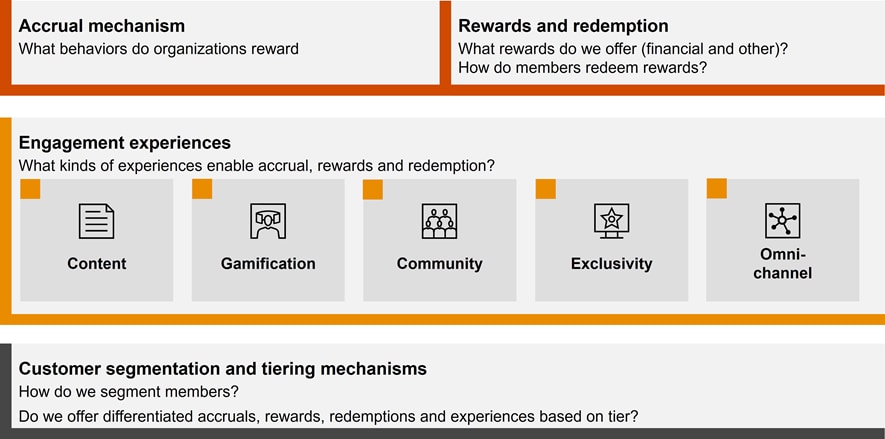6. Behavior-led rewards
Loyalty programs are becoming imperative to help build long-term customer relationships. Still, customer-centric companies need to bring something new, bold and enticing to their reward program to stand out, gain the customer’s attention — then retention — and drive desired outcomes.
In our recent survey, executives reported that their annual budget for loyalty programs averages 5% of the company's revenue, with a significant 91% believing that their loyalty program should offer more rewards or benefits to members. Interestingly, despite 70% of businesses having a formal loyalty program, 80% admitted that their program is like others in their industry, highlighting the need for differentiation.
This begins with an evaluation of the kind of behavior the company wants to incentivize — collecting data, making repeat purchases, strengthening brand affinity, etc. — and deciding on the underlying value proposition of the reward program. This can help determine the program’s blueprint, including the accrual and redemption mechanisms, the engagement experiences, and the customer segmentation and differentiation.


























